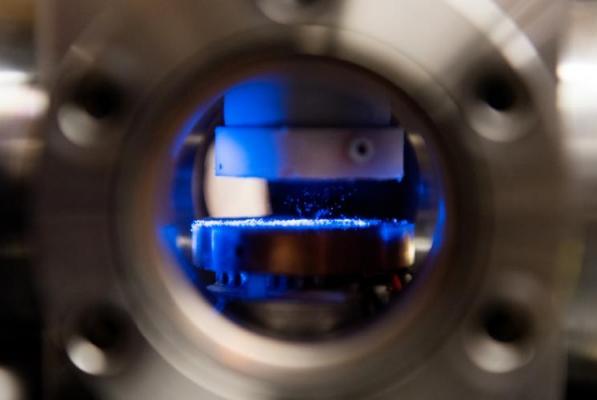
Feb. 17 (UPI) — A pair of undergraduate physics students at the University of Chicago have developed a new way to levitate objects.
Most levitation methods rely on light or magnetic fields, but Mykhaylo Usatyuk and Frankie Fung were able to levitate a variety of materials using a temperature gradient.
The researchers levitated ceramic and polyethylene spheres, glass bubbles, ice particles, lint strands and thistle seeds between a hot plate and a cold plate inside a vacuum chamber.
“The large temperature gradient leads to a force that balances gravity and results in stable levitation,” Fung explained in a news release. “We managed to quantify the thermophoretic force and found reasonable agreement with what is predicted by theory. This will allow us to explore the possibilities of levitating different types of objects.”
Their method yielded longer and more stable levitation than traditional methods, lasting for more than an hour as opposed to just a few minutes. They also were able to orient levitated materials both radially and vertically, instead of just vertically.
Because the levitation chamber can serve as a microgravity environment, the breakthrough could pave the way for improved space, atmospheric and astro-chemical experiments. The technology could also be used to handle delicate nanomaterials without degrading them.
“It offers new avenues for mass assembly of tiny parts for micro-electro-mechanical systems, for example, and to measure small forces within such systems,” said Thomas Witten, a physics professor at Chicago.
Usatyuk and Fung shared their research in the journal Applied Physics Letters.





